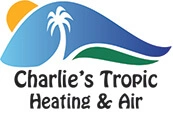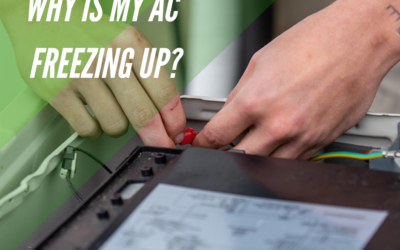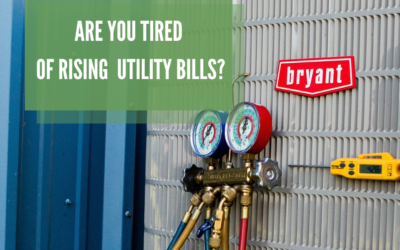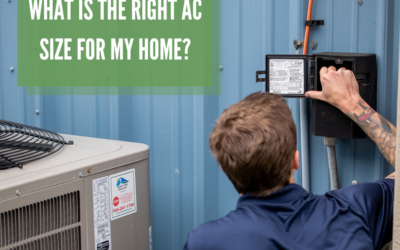There’s a saying that Northeast Florida has three distinct seasons: Football season, love bug season and hurricane season. Well, one of those is upon us. The 2014 Atlantic hurricane season officially kicks off this Sunday, June 1, and runs all the way through November 30. Here in coastal Northeast Florida, longtime residents know it’s crucial to be on guard, as tropical systems that give way to major storms can threaten at any time.
Given, it’s been a decade since Florida got hit hard by a hurricane. Many remember all too well the destructive 2004 hurricane season during which the Big Four – Charley, Frances, Ivan and Jeanne – affected the Sunshine State. And the next year, Katrina wreaked unmatched havoc on the country. But don’t let the ensuing 10-year-streak of relative ease, or the forecast of a quieter season courtesy of El Nino, make you feel complacent about the potential of a serious and damaging hurricane.
Here are three things we here at Charlie’s Tropic Heating and Air Conditioning want to make sure you know about the 2014 Atlantic hurricane season:
- A slow season doesn’t mean a safe season: Weather forecasters with NOAA (the National Oceanic and Atmospheric Administration) and the Weather Channel are predicting named storms forming this year to number between eight and 13, making for a relatively slow season. Three to six may become hurricanes and two could grow into major storms. But keep in mind that a hit is a hit, so if one of these few storms makes landfall, damage will be done.
- It’s storm surge – not wind speed – that makes the difference: While the wind speed of developing storms invariably gets lots of press, it’s actually storm surge that carries the most deadly threat from tropical storms and hurricanes in the US. Fortunately, the National Hurricane Center this year is testing new maps designed to better track storm surge and more precisely pinpoint areas most threatened – potentially right down to the street level.
- It’s all in the name: Many storms come and go without ever developing to the point of warranting an official name. But when a name is issued, that’s when you need to really be on guard. A storm is assigned a name when it hits tropical storm status, which means it’s reached maximum sustained winds of 39 to 73 miles per hour. Names allow for easier identification of storms when discussed in the media and in historical context. So, if a storm’s got a name, it’s got damage potential.
Among the most expected factors of a major storm nearing your area is a loss of power, which means you’ll be out of air conditioning for hours, days, even weeks. It’s highly recommended that Jacksonville Beach-area homeowners have a fuel-powered generator on hand should you lose power. And, if you haven’t already, call 904-867-8480 and schedule an air conditioning maintenance appointment with Charlie’s Tropic Heating and Air Conditioning to make sure your AC system is ready for hurricane season.




We stumbled over here by a different page and thought I may as well check things out.
I like what I see so now i am following you. Look forward to looking at your web page again.
Hi there, yeah this piece of writing is truly fastidious and I have learned lot of things
from it on the topic of blogging. thanks.